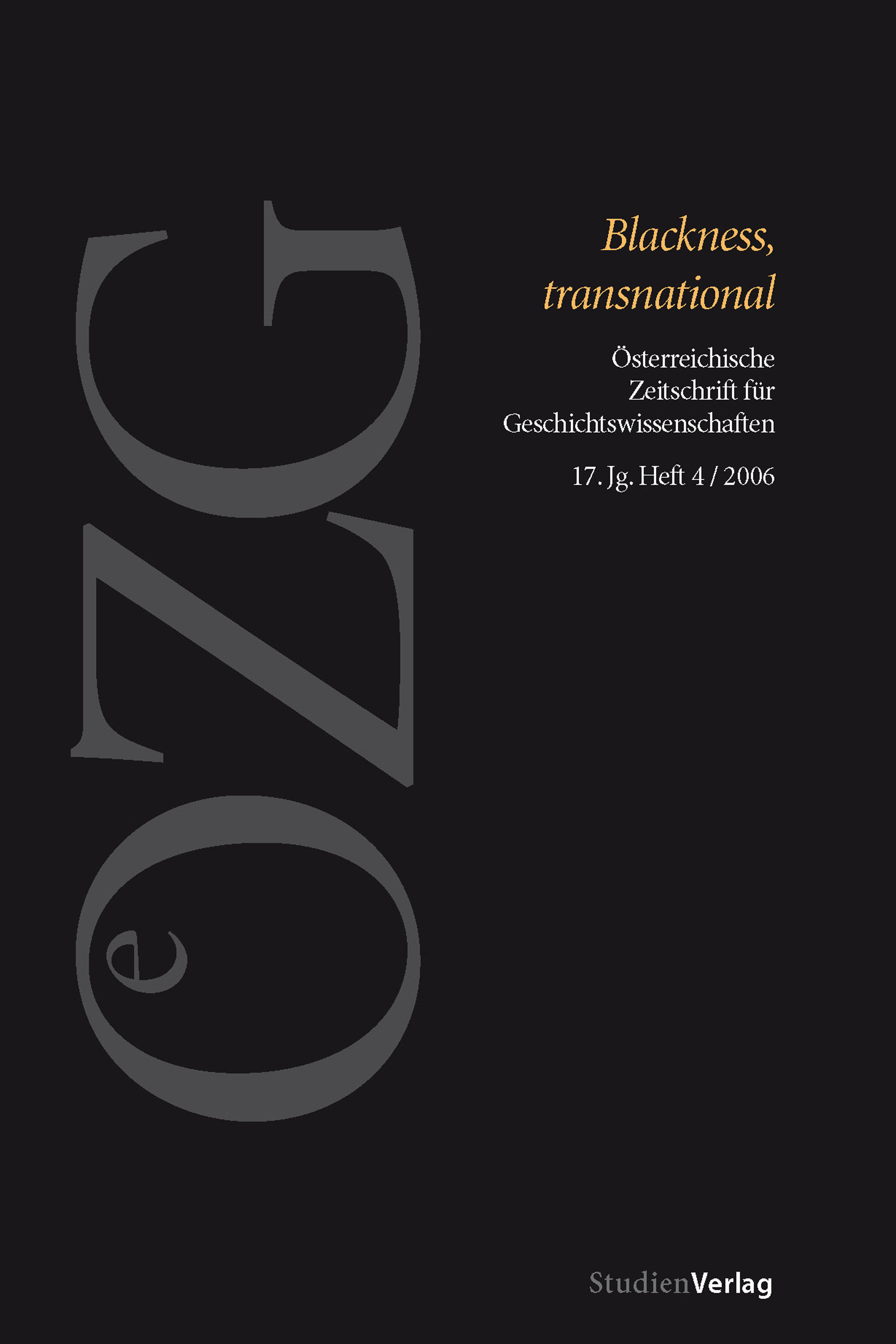Gerhard Marcks reist nach New York. Oder: Der Negertrompeter
DOI:
https://doi.org/10.25365/oezg-2006-17-4-6Abstract
Gerhard Marcks (1889-1981), one of the most celebrated German artists during the 1st half of the 20th century, was invited to participate at the Documenta 1 in 1955. The artefact he exhibited was a little sculpture representing a naked black musician sitting on a stool with a trumpet in his hand. At first sight Marcks ́s so called Negro Trumpeter replicates all the xenophobic and racist topoi of the National socialist era. But by contextualizing the sculpture it becomes clear that Marcks instead was searching for a new approach to the modern American way of life. His aim was to focus on an artistic expression that until then had presumably remained unaddressed by 20th-century European culture – a culture which turned out to be not strong enough to overcome totalitarian ideologies. The basic problem Marcks had to face was the fact that in Germany and Austria there was no appropriate artistic mode to deal with American black culture. In Central Europe until at least the 1960s the black body was regarded either as dangerous, or as an object of sexual desires. Marcks rejected these prejudices and sought to create a figure, that would enable him to liberate his art from the German past as well as from Cold War bondages: bondages that were increasingly forcing artists to accept abstract art as a synonym for free art. In this sense »The Negro-Trumpeter« was a courageous but rare attempt to approach Black America on the basis of an open-minded artistic consciousness.


